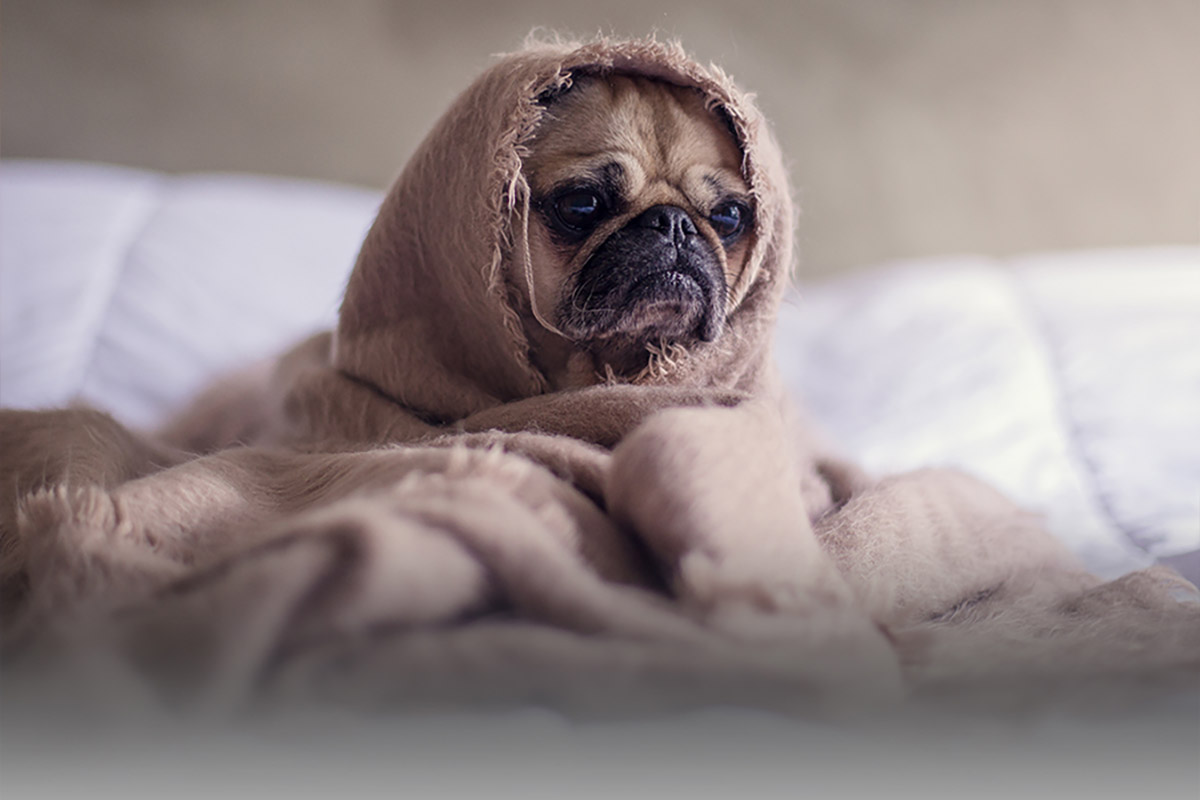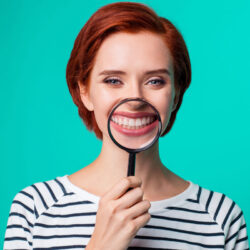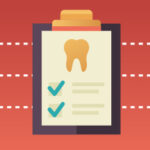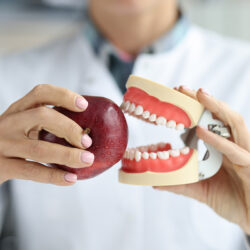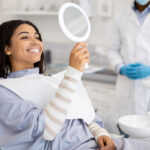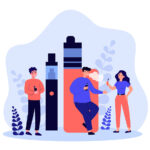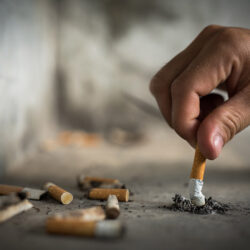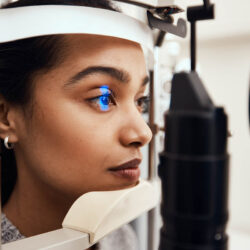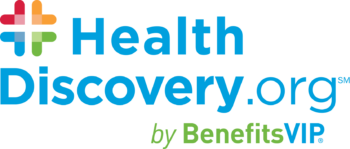A seismic honk loud enough to set off car alarms jerked me awake. My wife, who was already awake, snapped on the bedside light as I tried to sit up. “Was that a fog horn?” I asked, my heart racing. “No, that was you,” she replied. “You’ve been snoring all night. Then you stopped breathing. I think you have sleep apnea. It’s time for you to see the doctor.”
My wife was right. For years my snoring had interrupted my sleep, and hers. I often leapt from bed, gasping for breath. I attributed these sudden awakenings to panic attacks. But it was becoming clear from my wife’s astute observation that I was also experiencing serious breathing lapses.
I began to think that this breathing issue was contributing to my sleep disruption, which was impacting my ability to carry out routine activities. Like driving, for example. On more than one occasion as I sat at a traffic light I was so tired that I slipped into the early trance of an oncoming dream. The sound of a horn from behind would jar me awake.
In the car, at work, at the grocery store or watching TV with the family, I was sluggish, drowsy and bleary-eyed.
Even though I spent eight hours in bed every night, unrelenting fatigue had become my new normal.
I’d done enough research to suspect that I had obstructive sleep apnea, and that it could kill me.
The Definition of Sleep Apnea
The word “apnea” literally means “without breath.” Sleep apnea is an involuntary cessation of breathing that occurs when a person is asleep. One study suggests that one out of four adults between the ages of 30 and 70 have some form of sleep apnea.1
There are three types of sleep apnea: obstructive, central and complex.
People with sleep apnea stop breathing repeatedly during sleep.
Sometimes breathing stops hundreds of times and often for a minute or longer. In most cases the sleeper is unaware of these breathing stoppages because they don’t trigger a full awakening.
Sleep apnea is a serious condition. Untreated, the risk of heart disease is five times greater and it nearly quadruples the risk of death. Sleep apnea was cited as a contributing factor in the death of Star Wars actress Carrier Fisher.2
The good news: there are several sleep apnea treatment options available, such as oral appliances and continuous positive airway pressure (CPAP) devices. There is a wealth of information devoted to these treatment options.3
So with all the solutions and proven statistics on the dangers sleep apnea poses, why are so many people untreated? Perhaps some have never connected their symptoms to a cause that I myself had missed for so many years. (More on that in a minute). And then there are others who are not comfortable with the process of getting diagnosed (a sleep study) and the treatment options (oral appliances and positive air pressure devices).
I can certainly appreciate that correcting sleep apnea is not easy. The thought of wearing (in my case) a mask connected to a machine that would push air to my lungs was not a welcome one. But considering the alternative (a heart attack or premature death), I had to see it through to the best of my ability. Here is a brief summary of my experience.
The Sleep Study
After consultation with my primary physician and then a pulmonary specialist, I was scheduled for a clinical sleep study.
After being fitted with several sensors to detect heart, lung and brain activity, arm and leg movements and blood oxygen levels, I was ready for bed. A sleep study bedroom won’t rival a stay at a luxury hotel, but as much as I thought I wouldn’t drift off, I finally did.
Not long into my sleep, a technician woke me up to fit me with a CPAP because I had stopped breathing several times. He had seen evidence of obstructed sleep apnea. Using the CPAP, he monitored and adjusted the air pressure to determine the proper level to open my airway. No, it was not comfortable. Yes, I looked like John Hurt from the scene in “Alien” when the creature clamped onto his face.
The Diagnosis
After receiving the test results and consulting with my pulmonary specialist, it was confirmed that I had severe obstructed sleep apnea. My frequent lapses of nighttime breathing occurred because my recessed jaw collapses my throat when I’m reclined, obstructing the flow of oxygen to my lungs. The sleep study sensors detected that my breathing stopped up to 30 times per hour, which is why the technician opened my airway with the CPAP device the night of the sleep study.
My prescribed treatment: use a CPAP device every night for the rest of my life. And so, I moved on to the next phase of this journey.
The CPAP Mask
The thought of having to wear a mask on my face every night was not inviting and the experience lived up to my expectation. My first challenge: I was a mouth breather and now I was forced to take in air from my nose. It was not happening for me. The first night I was gasping as I tried to inhale through my nose and exhale through my mouth. Finally, I pulled the CPAP mask from my face, laid it on the floor next to the bed and snored until morning.
Night after night, I fought the CPAP mask’s straps and hose. Every time I changed positions in bed, my mask would shift and it seemed like the alien on my face was winning the skirmish. Finally, I got to the point that I found a way to maneuver my mask without waking up. It wasn’t until four or five weeks of using the CPAP that I began to see the light, literally. I started to notice I was having very vivid dreams. I wasn’t as tired during the day and saw traffic signals switch from red to green.
I made it through the gauntlet of challenges the mask presented and came out the other side. Over the span of several weeks, I started to rely on the CPAP for a solid night’s sleep. The best thing: my wife no longer complained about my snoring because she was getting a good night’s sleep, too.
I have used a CPAP since 2006. When I was diagnosed with sleep apnea, I thought I was the only person in my circle of friends and family to use a CPAP. I was wrong. Friends, relatives, neighbors, and coworkers came out of the woodwork to talk about their sleep apnea and how the CPAP changed their lives.
If you’re snoring at night and so tired during the day that you find it hard to function, you may have sleep apnea. Consult your physician. If you’ve been diagnosed with sleep apnea but have trouble adjusting to your CPAP, or whatever other remedy your doctor ordered, don’t give up. A quick Internet search will turn up several positive air flow appliances and mask types to choose from. You can talk to your doctor, too. You may find that by switching to a different style of machine or mask, you will find the right fit.
And by all means, make sure you see the first “Alien” movie…..it’s a classic.
1 Houston Sleep Solutions, “Sleep Apnea Statistics in the US and Worldwide”
2 Forbes, “Sleep Apnea Killed Carrie Fisher. Could It Kill You Too?”
2Sleepapnea.org, “Sleep Apnea Treatment Options”
More Resources:
Sleepapnea.org, “Getting a Sleep Apnea Diagnosis”

